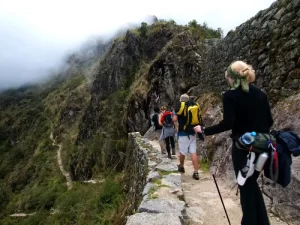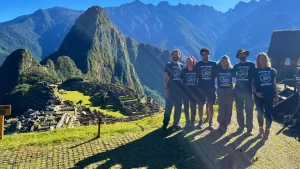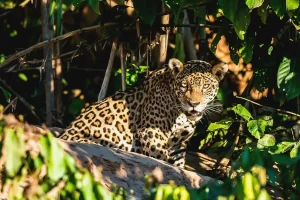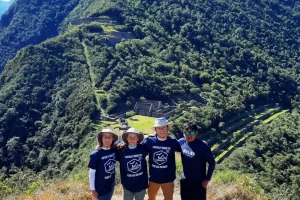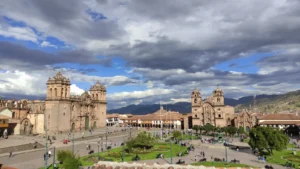Hidden deep within the Peruvian Amazon, Manu National Park is one of the most biodiverse places on Earth. Declared a UNESCO World Heritage Site, this vast natural sanctuary attracts ecotourists, wildlife enthusiasts, and researchers from around the world. In this guide, you’ll discover everything you need to know before visiting — from how to get there to what wildlife you can expect to see.
Contents
1. Where Is Manu National Park Located?
Situated in the southeastern region of Peru, Manu National Park stretches across the departments of Cusco and Madre de Dios. Covering nearly 1.7 million hectares, it encompasses Andean cloud forests, lowland rainforests, and tropical plains. This variety of ecosystems makes it one of the most ecologically diverse protected areas in the world.
Getting There
The journey to Manu Jungle National Park is an adventure in itself.
- From Cusco: Most travelers start from Cusco, taking a full-day drive to the park’s entrance at Atalaya or Paucartambo.
- By Air: For those short on time, small planes can fly from Cusco to Boca Manu, near the park’s cultural zone.
- By River: The final leg often involves scenic boat rides along the Madre de Dios or Manu River.

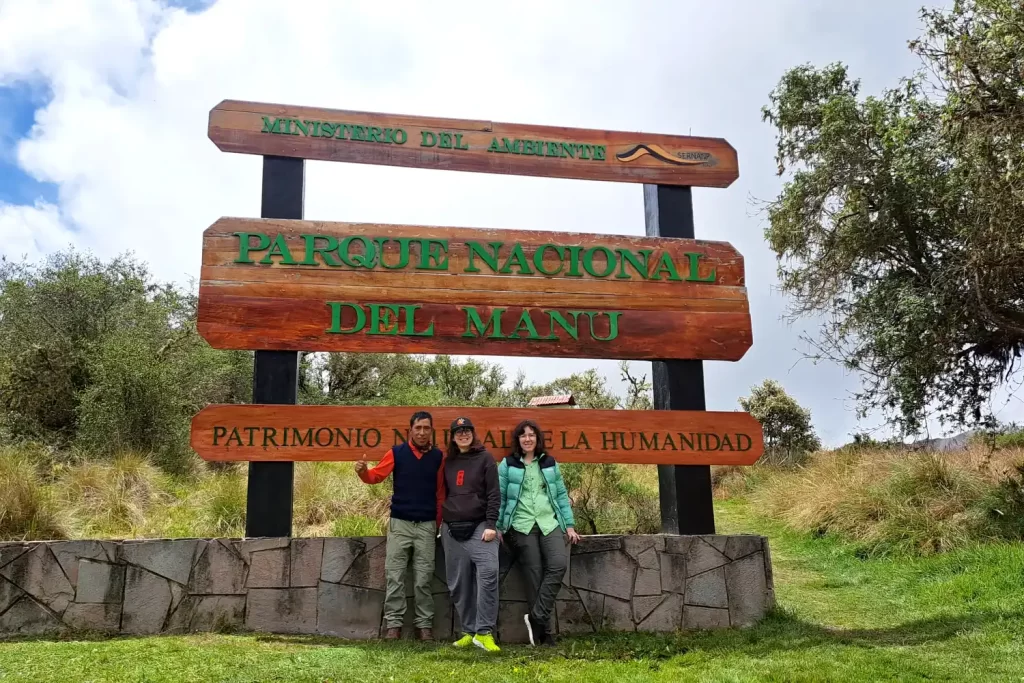
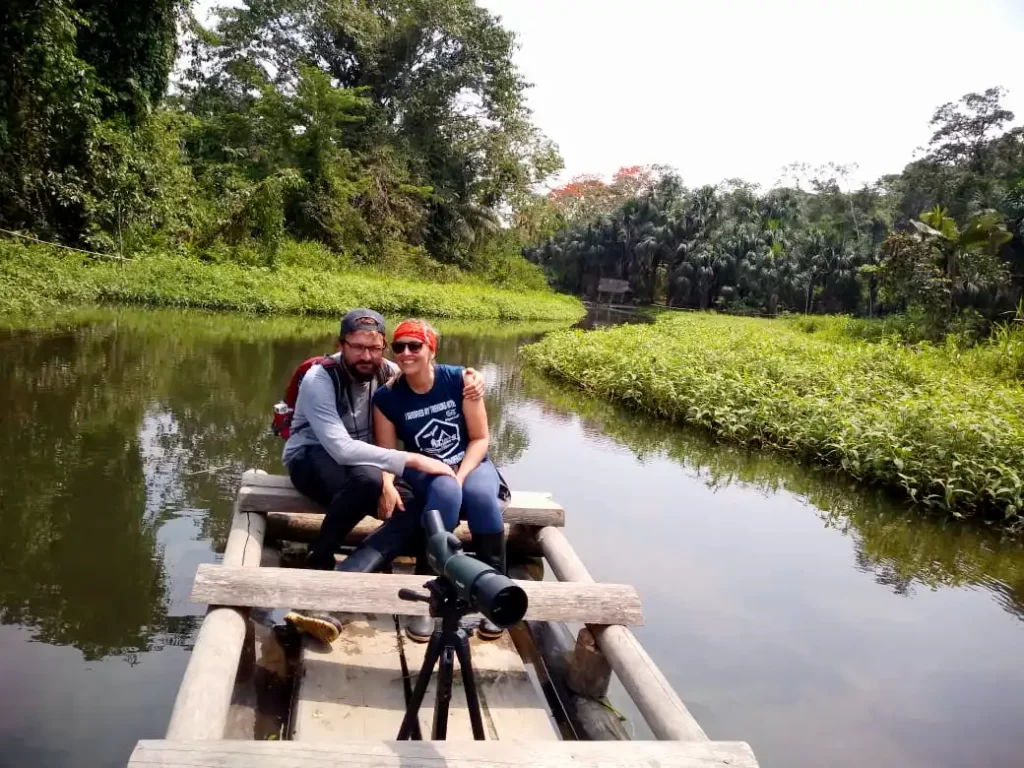
2. Zones of Manu National Park
To preserve its delicate ecosystems, the park is divided into three main zones:
a. The Core Zone
A strictly protected area reserved for scientific research. Access is prohibited to the public to ensure minimal human impact.
b. The Reserved Zone
This is the most popular area for visitors. Here, you can explore pristine rainforest trails, visit clay licks, and observe wildlife under the guidance of certified tour operators.
c. The Cultural Zone
Located near local communities, this area offers visitors the chance to experience traditional Amazonian life and sustainable ecotourism projects.

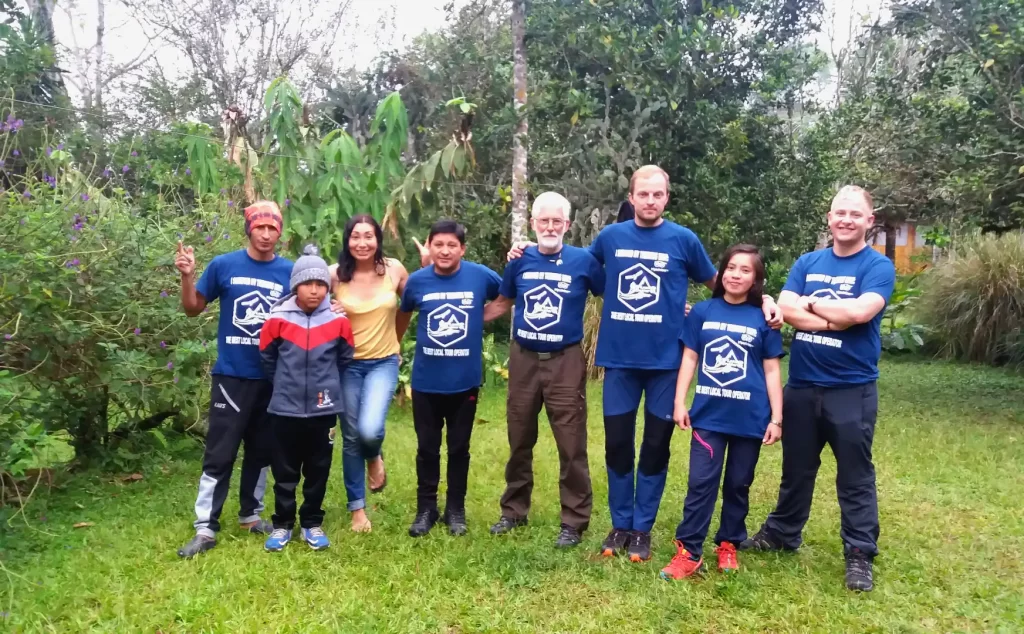
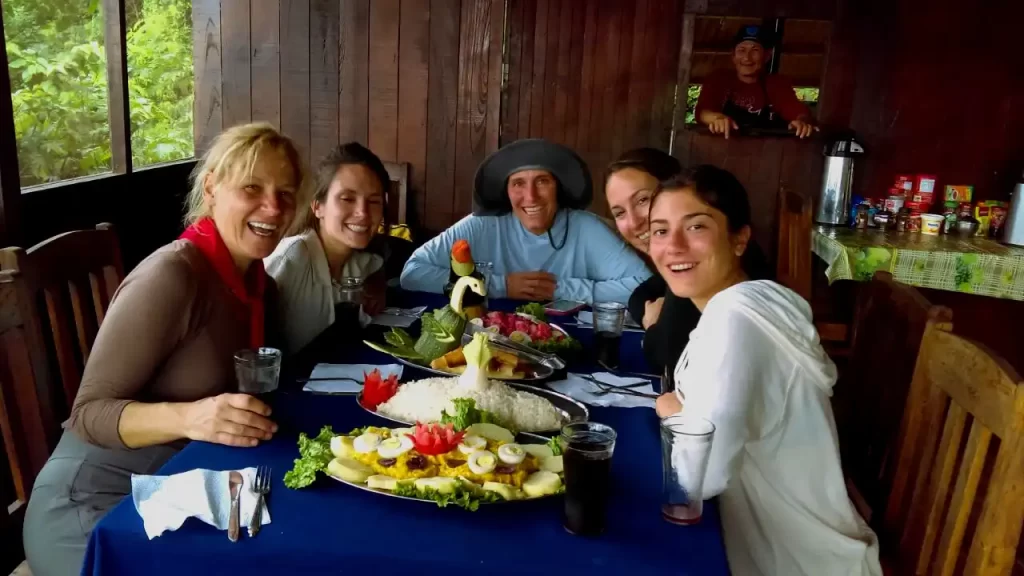
3. Top Wildlife to See in Manu Biosphere Reserve
With over 1,000 bird species, 200 mammal species, and countless reptiles and insects, Manu Amazon Park is a paradise for nature lovers.
Some remarkable species include:
- Giant River Otter – frequently spotted along the oxbow lakes.
- Jaguar – the elusive predator of the Amazon.
- Macaws – bright flocks gather at clay licks to feed on minerals.
- Spider Monkeys and Tapirs – common sightings during guided treks.
Tip: Visit between May and October (dry season) for optimal wildlife viewing and trail conditions.
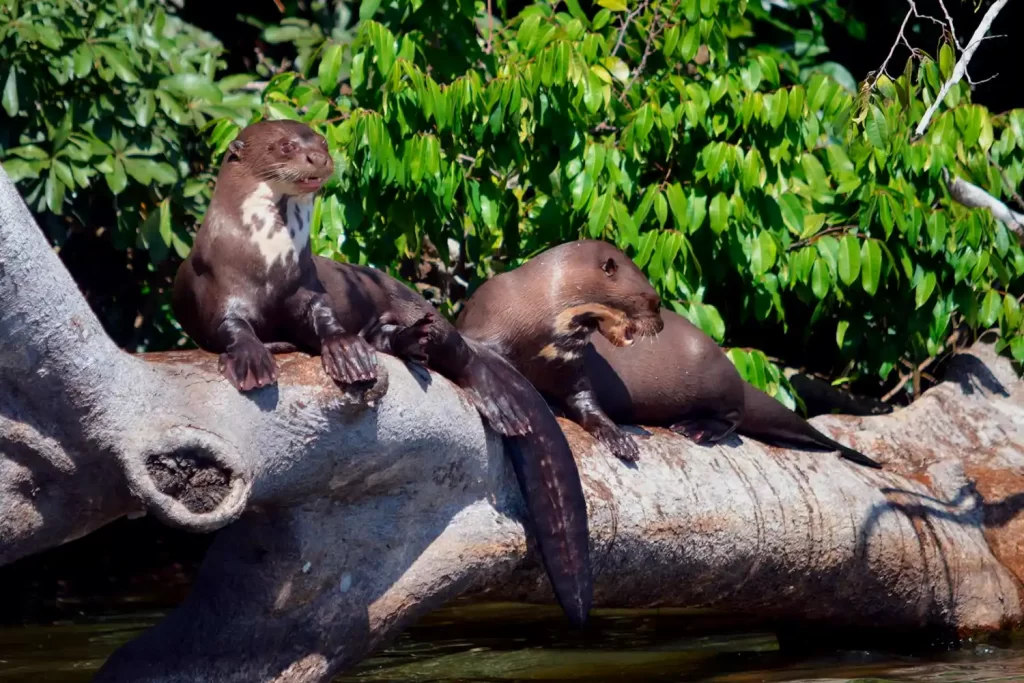
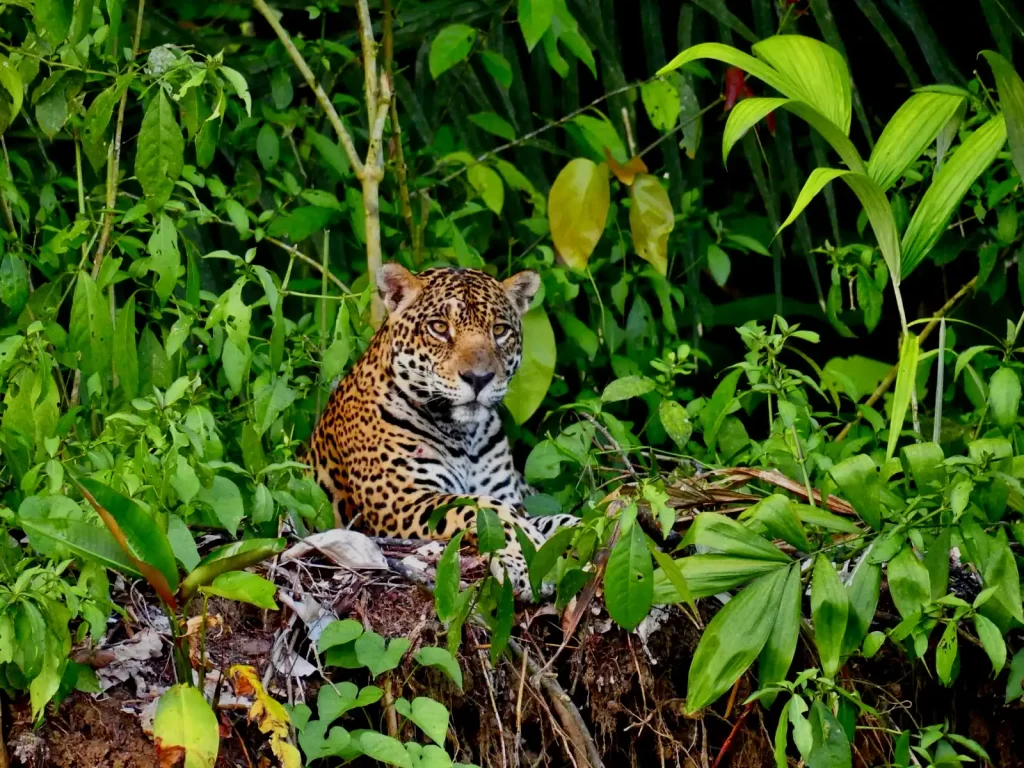
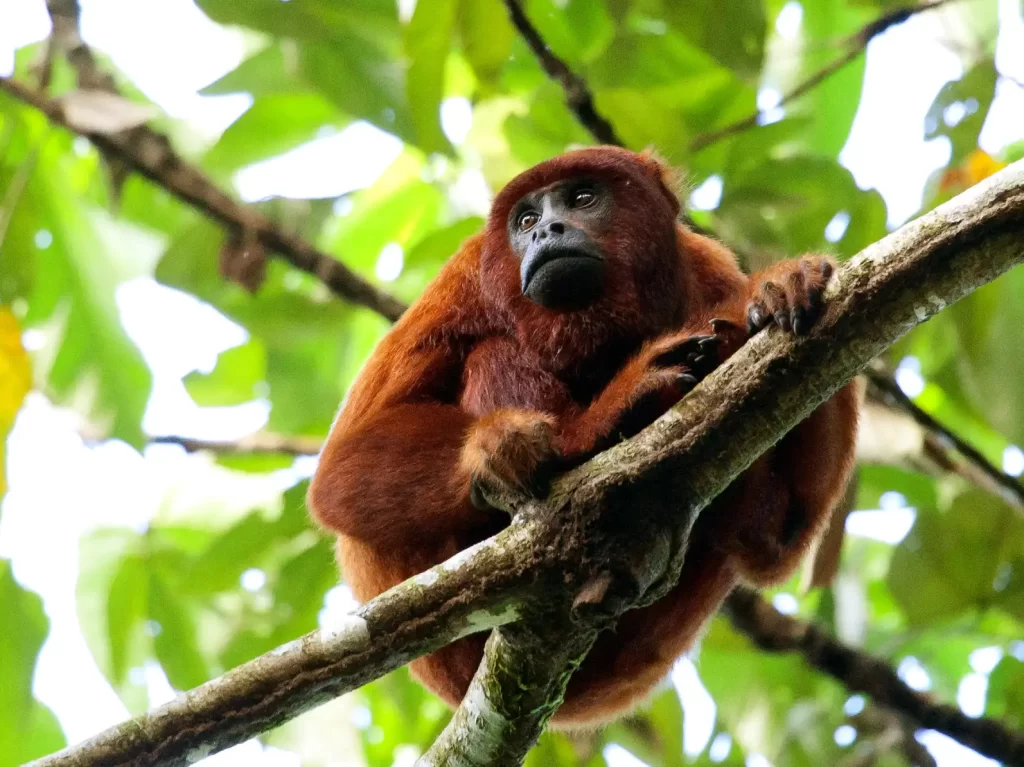
4. Sustainable Tourism in Manu Jungle National Park
Visiting Manu National Park comes with the responsibility to protect it. Many lodges and tour operators now focus on eco-friendly practices such as solar power, waste management, and support for local communities.
Choosing certified ecotourism agencies ensures your visit benefits both nature and the indigenous populations living nearby.
5. Practical Tips for Visitors
- Permits: Required for entry into the reserved zone.
- Vaccinations: Yellow fever and malaria prevention are recommended.
- Packing List: Lightweight clothing, rain gear, insect repellent, and binoculars.
- Guides: Always travel with an authorized guide to ensure safety and deeper insights.
Conclusion
Manu National Park is more than a travel destination — it’s a living laboratory of life, offering visitors a chance to reconnect with untouched nature. Whether you’re a photographer, birdwatcher, or explorer, the park promises an unforgettable journey through one of the planet’s last true wildernesses.


